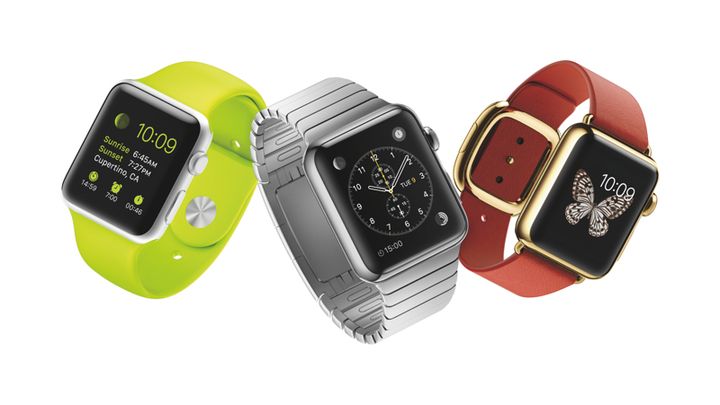
There was a time when calculator watches were considered pretty cool. Just think, you could press all those tiny buttons and somehow do addition and stuff on the go! It must have been little surprise when phones got so small and smart that those things went by the wayside. In fact, watches have been pretty "out" for a few years -- at least until the arrival of the Apple Watch.
Wearable technology is a pretty prevalant thing these days. Sure, Google Glass is on hiatus due to privacy problems, but we're happily logging our sleep and our fitness habits with things that are attached to our body. Once considered the purview of medical studies and astronaut flights, today wearable technology is something that we take for granted. But will it last?
At least in the short term, wearable devices look like a sure bet. A new report from SNS Telecom predicts that wearable device original equipment manufacturers will receive $30 billion from device shipments alone -- that's not even including Apple Store or Android Market purchases! And what's more, many of them will be shipped with cell-phone chips inside, allowing all of us to make calls from our wrist or elsewhere. (The press release is here for those who can't afford to purchase the report.)
"While wearable technology has been utilized in vertical sectors such as the military and healthcare for many years, ongoing advances have triggered a major resurgence of the concept, particularly among the consumer community,"the release continues.
"Key enabling technologies including low cost sensors, wireless connectivity, active materials and energy have converged to make wearable technology mainstream, With the continued miniaturization of enabling technologies, wearable devices have hit the mass market in a diverse variety of form factors, ranging from glasses to even jewelry."
And here's where it really gets exciting -- wearable tech may not only help us stay connected and monitor our health, but it could also help relieve pain. Devices such as the Cur wearable stimulate the nerves to reduce pain in an affected area of the body. It's unclear how beneficial it could be for long-term pain sufferers, but it's something to consider for those facing that issue.
We also could see cameras taking pictures from unusual angles. This article shows a camera mounted on your wrist that can take selfies from there, allowing you to glance down at your hands to get a great picture of your face. Inevitably, cameras will move to other wearables as well. What about a wedding smooch taken from the perspective of the ring on a bride's hand? That may be a must-have at future weddings.
Wearable technology can also, if deployed properly, help companies solve problems. This Forbes article brings up the example of a technician wearing glasses while trying to solve a problem. The company can watch the technician working through an issue in real time and offer assistance remotely. Wouldn't computer tech support be so much more awesome that way?
While wearable tech still has a ways to go in terms of privacy concerns, there are definitely some benefits that can be reaped from it. What about for social good? How could wearable tech help in that field? Let us know what you think.
Top image: Apple Watches are just one example of wearable technology. Credit: Apple








